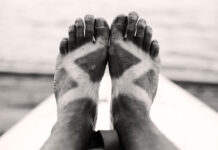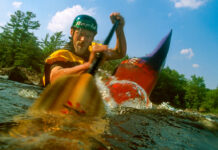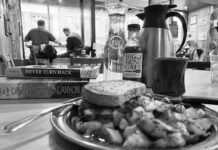There seem to be two ways of becoming a legend around rivers. The first is the easiest. It requires absolutely no planning and no thought. In most of these cases, the act of thinking stands in the way of creating the circumstances required to generate legendary status. Let me give you an example.
How to become a real river legend
The Ottawa River rafting companies use trailers to return their rafts from the take-out back to the put-in. Deflating and re-blowing the boats, the guides complained, took too long. Guides used to see how high they could stack the rafts. There was a macho pride in riding the tallest trailer load of boats.
But there are telephone wires across Grants Settlement Road.
The guy who, at 50 miles per hour, was knocked from the first compartment of the top raft and landed in the back compartment, is a local legend—not to mention lucky to be alive.
The easy way to become a legend is through utter stupidity brought about by laziness, foolishness, or booze. Often all of the above.
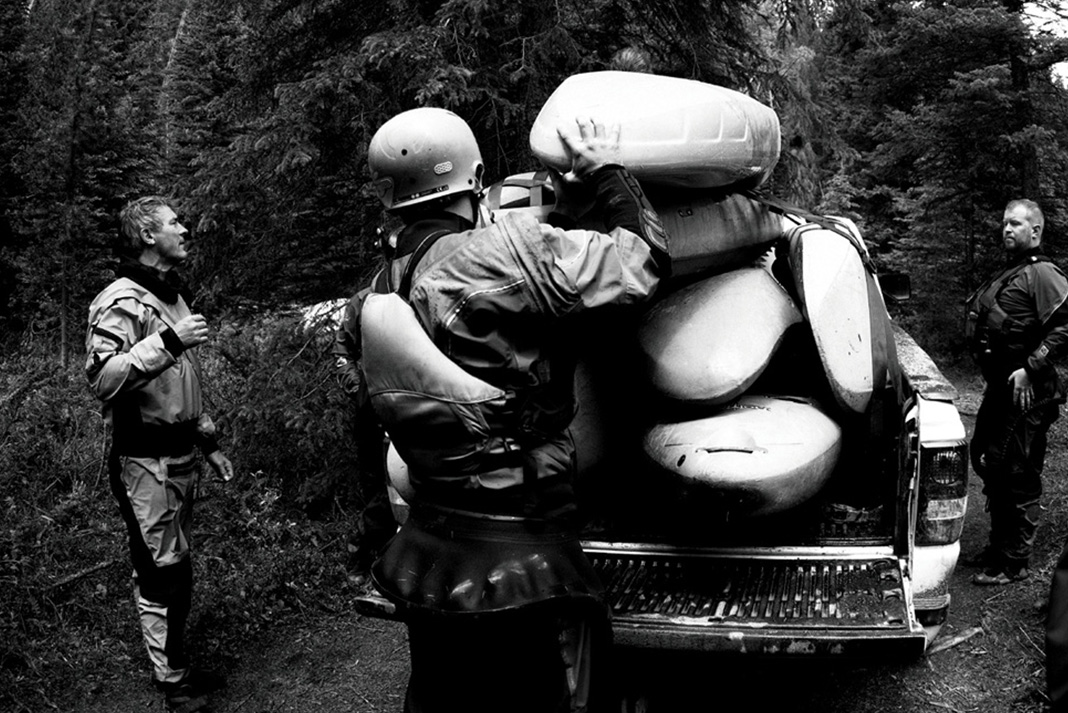
Becoming a legend the hard way
As we were preparing this issue of Rapid, an old friend of mine patted me on the back and said, “I can’t believe you’ve been at this little magazine business of yours for 17 years.”
This was his way of saying, “Good for you,” or maybe, “I didn’t think you’d make it this far.” To which I replied, “Well, you know, if you stick with something long enough, you end up doing something for a long time.”
The local legends featured in this issue have become legends the hard way—by doing something for a long time.
If helicopter pilot Jim Reed had only flown one group of paddlers out of the Stikine he would not be featured in this issue. If Christie Cochran had taken the geology job she wouldn’t have been guiding on the rivers of the Southeast for 17 years. And Brad Camden hasn’t been running shuttles on California’s North Fork of the Smith for 29 years because it pays well.
These local legends have been doing it for a long time because they like it and because they are good at it. They are good at it because they care about people—they care about us. Because they care about us they become part of what makes our river travel so special. Local legends become part of our memories and those memories become part of who we are.
“Local legends become part of what makes our river travel so special.”
Brian Shields and I have outfitted the last seven of my canoes, which shouldn’t come as a surprise—he’s outfitted almost all the canoes around here. I’m quite capable of outfitting my own boats, but spending time with Brian is a big part of buying a new canoe. Brian is thoughtful. Wise. Kind. Precise. Passionate. Retired. He’s a romantic. He’s nostalgic. He’s the kind of guy you like telling your friends about when they ask about your beautiful ash gunwales.
The busier our lives become—the more we type at each other with our thumbs, the more we buy from Amazon—the more we appreciate real people, people who care about us and people who stick with something long enough to end up doing it for a long time.
Scott MacGregor is the founder and publisher of Rapid. He is not, for the record, the raft guide clotheslined in this story.
The easy way to become a legend is through utter stupidity brought about by laziness, foolishness, or booze. The hard way is by doing something for a long time. | Feature photo: Ryan Creary



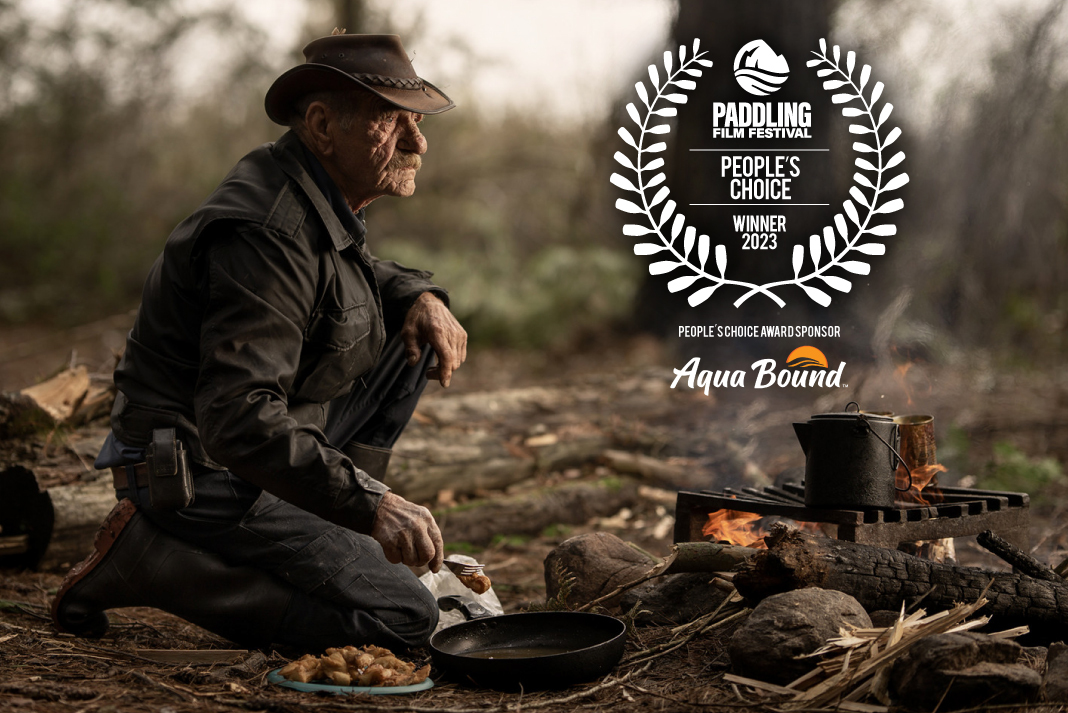
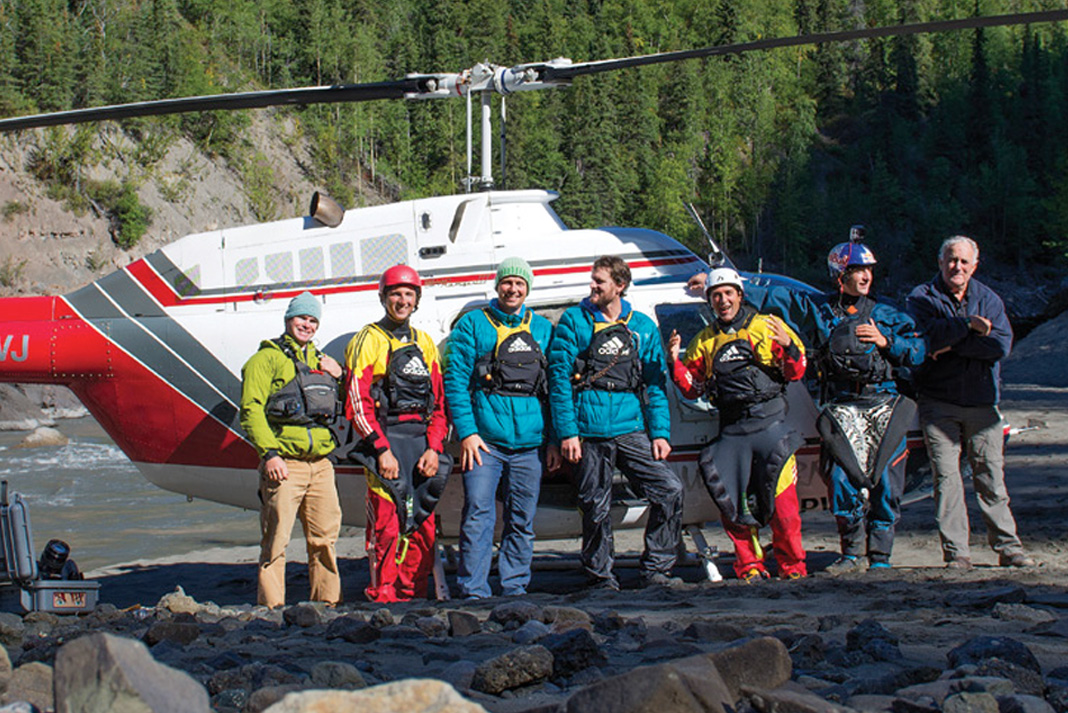
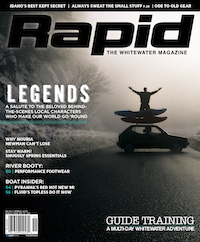 This article was first published in the Spring 2015 issue of Rapid Magazine.
This article was first published in the Spring 2015 issue of Rapid Magazine. 
